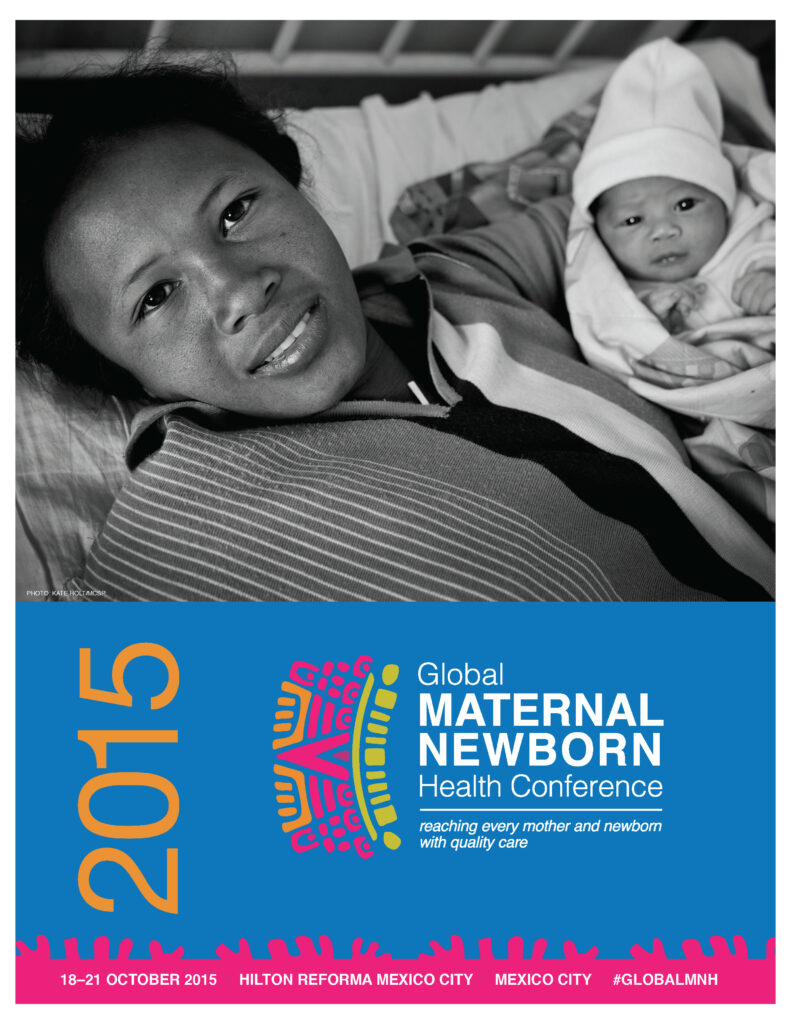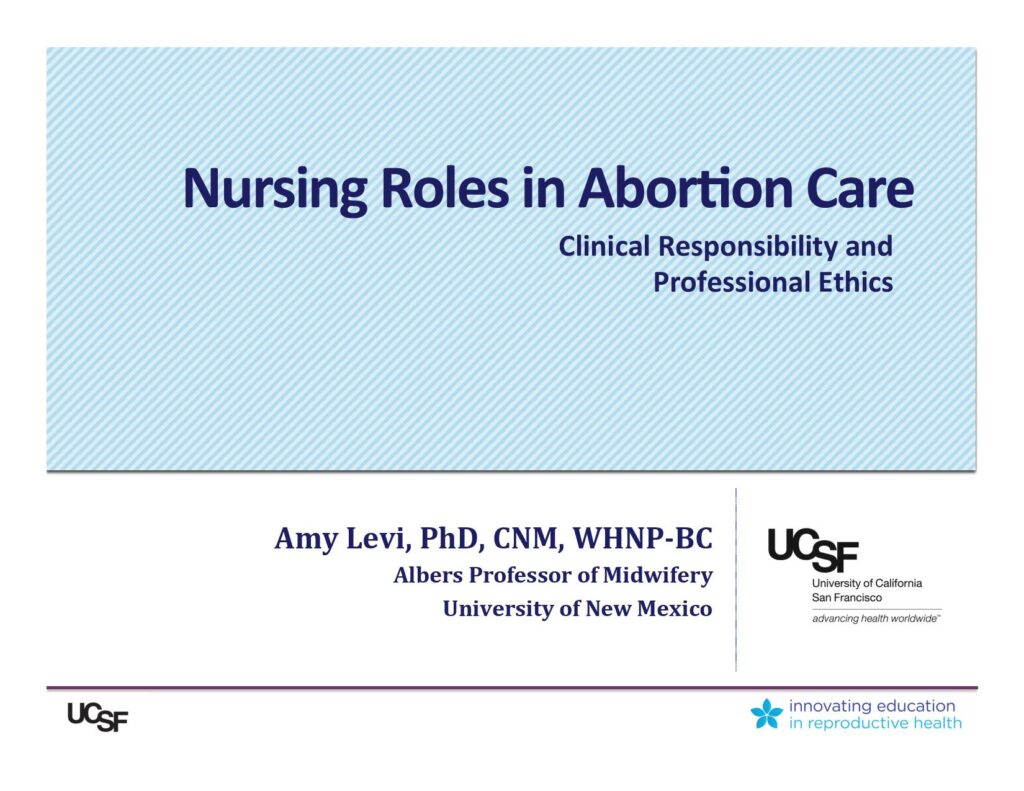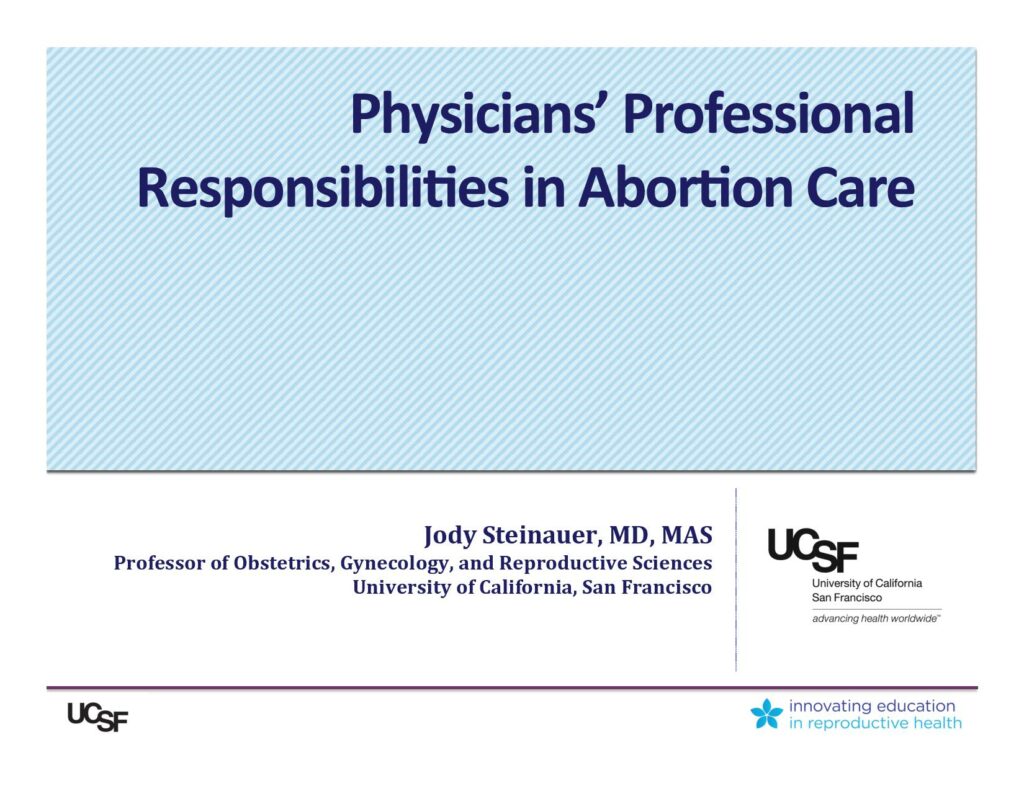-
Resource
Abortion in the International Context
Video Lecture Presented by: Teresa DePiñeres, MD, MPH University of California, San Francisco Click here to download this video lecture Lecture can be viewed with … <a href="https://www.inno…February 24, 2016
-
-
Resource
Week 1 Introduction to Abortion: Quality Care and Public Health Implications
Presented by: Jody Steinauer, MD, MAS University of California, San Francisco Click to download this video lectureFebruary 17, 2016
-

Resource
Changing the Conversation: Contraception
Think of a typical medical student or resident: mid to late twenties, a dedicated student with ambitious career plans, likely to be highly-motivated to avoid … <a href="https://www.innovating-e…December 3, 2015
-

Resource
Global Maternal Newborn Health Conference
Last week, Innovating Education in Reproductive Health attended the first Global Maternal Newborn Health Conference in Mexico City. The meeting celebrated the achievements of the … <a href="htt…October 30, 2015
-

Resource
The Importance of Context: Teaching the History of Abortion in the United States
When you design a lecture for medical and nursing students on the history of abortion care in the United States, keep these three teaching points … <a href="https://www.innovating-education.org…October 17, 2015
-

Resource
Six Tips for Starting an Abortion Provider Support Group at your Home Institution
The decision whether or not a resident trainee should become an abortion provider is often fraught with emotion and inner conflict. The recent article “Four … <a href="https://www.innovat…August 27, 2015
Sort
Filter by Type
Filter by Topic

